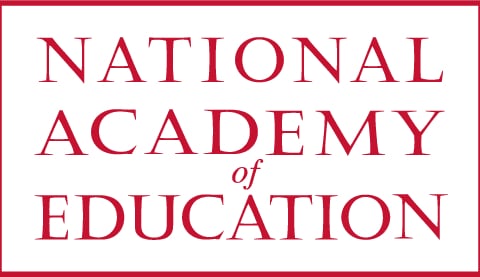Nationalism, Internationalism, and the Origins of the American Research University, 1785-1915
Adam Nelson
About the research
Award
NAEd/Spencer Postdoctoral Fellowship
Award Year
2002
Institution
University of Wisconsin-Madison
Primary Discipline
History
About Adam Nelson
N/A
